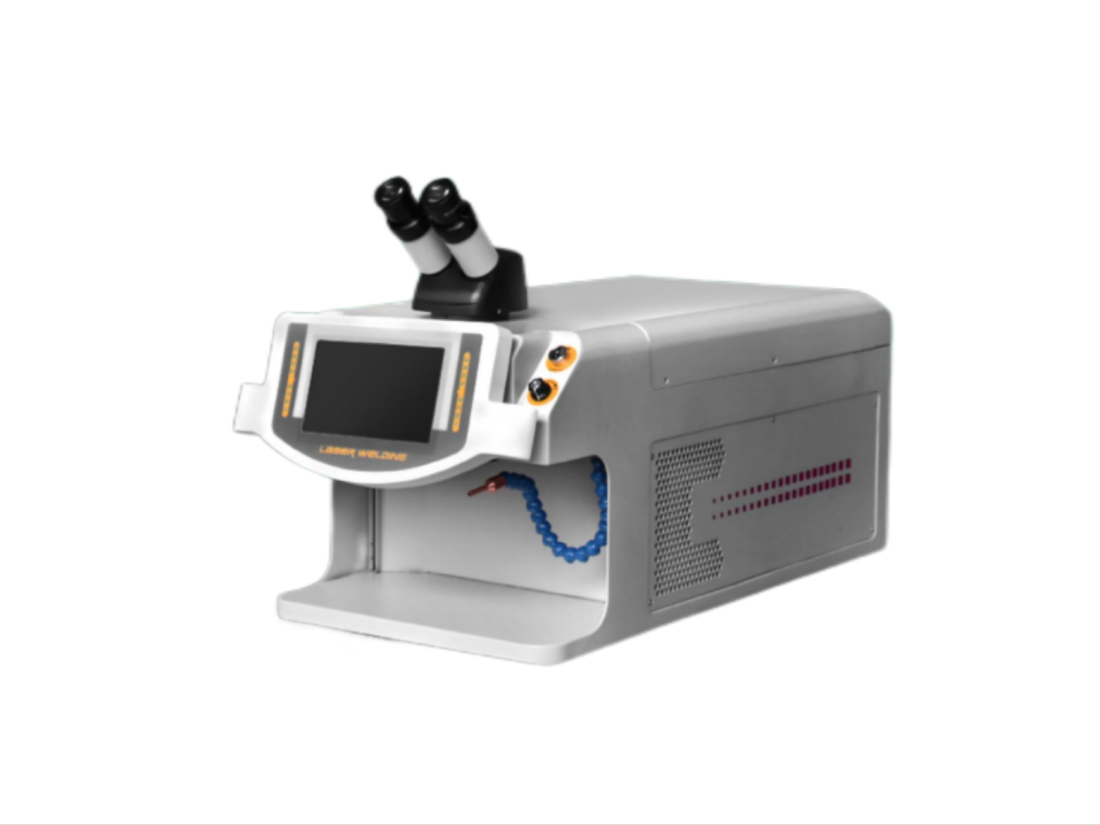- No.609, Centre Of Huijin Nanxiang, Yinxiang Road, Nanxiang Town, Jiading District, Shanghai, China
- sherry@sanmachines.com
- +86-18616767021
QCW Laser vs. Fiber Laser for Mold Welding: Key Differences!
At present, more and more people in the market are inquiring about QCW laser products, but many people are not very familiar with this product. So, we will discuss the difference between QCW laser and fiber laser for mold welding machine products.
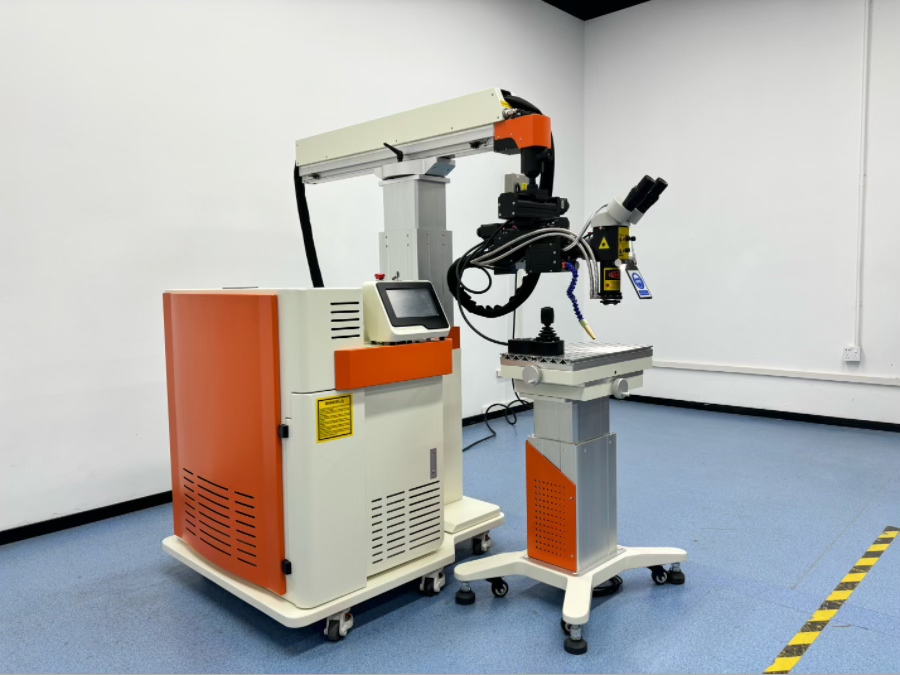
1. Operating Principle
QCW (Quasi-Continuous Wave) Laser: Delivers high-energy pulsed output with adjustable peak power (typically 100–500 kW) and pulse widths (ms level). Ideal for precision welding with controlled heat input.
Fiber Laser: Uses continuous or modulated continuous wave (CW) output (common power: 500–2,000 W). Excels in high-speed, deep-penetration welding.
2. Thermal Impact
QCW’s pulsed operation minimizes heat accumulation, reducing distortion in thin or heat-sensitive molds (e.g., stamping dies).
Fiber lasers generate concentrated heat, suitable for thick materials but risk higher thermal stress if unmanaged.
3. Application Scope
QCW: Preferred for small-area repairs, intricate geometries, and materials prone to cracking (e.g., hardened steel, carbide inserts).
Fiber: Optimized for high-throughput welding, large seams, and deep joints (e.g., injection mold cores).
4. Cost & Maintenance
QCW systems have higher upfront costs but lower maintenance (solid-state design, no consumables).
Fiber lasers offer lower initial investment but require periodic fiber optic component replacements.
5. Flexibility
QCW allows precise parameter tuning (pulse duration/energy) for diverse materials.
Fiber lasers prioritize speed and automation compatibility.
Summary
Choose QCW for precision, low-heat applications; opt for fiber lasers for high-speed, deep welding in industrial settings. Material thickness, part geometry, and budget are key decision factors.
Related product links


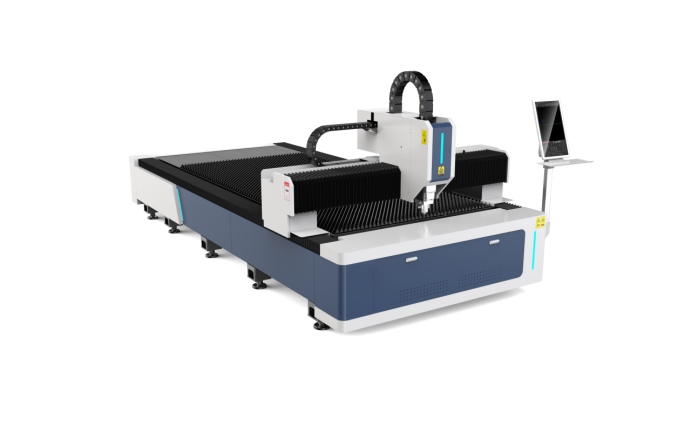
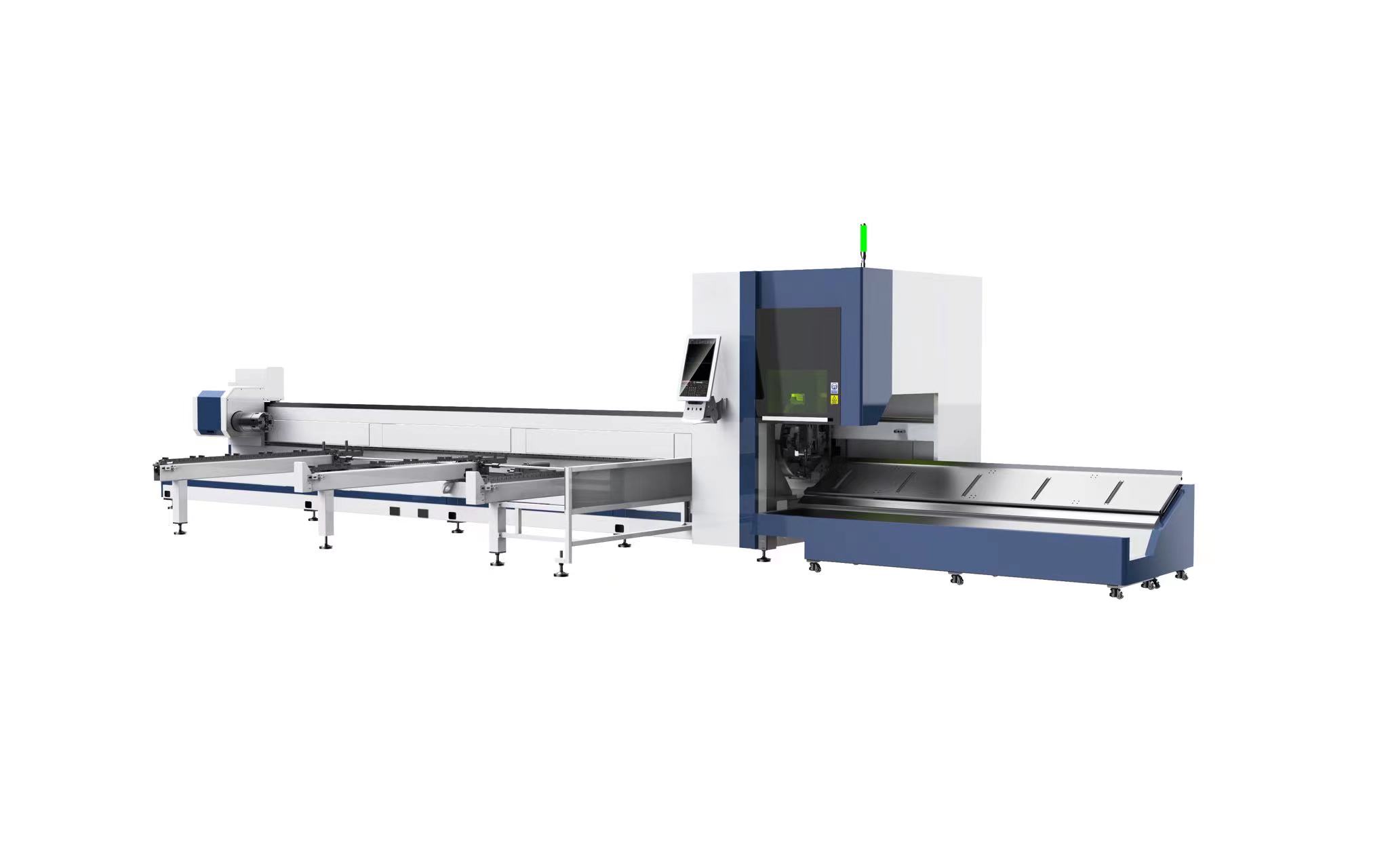
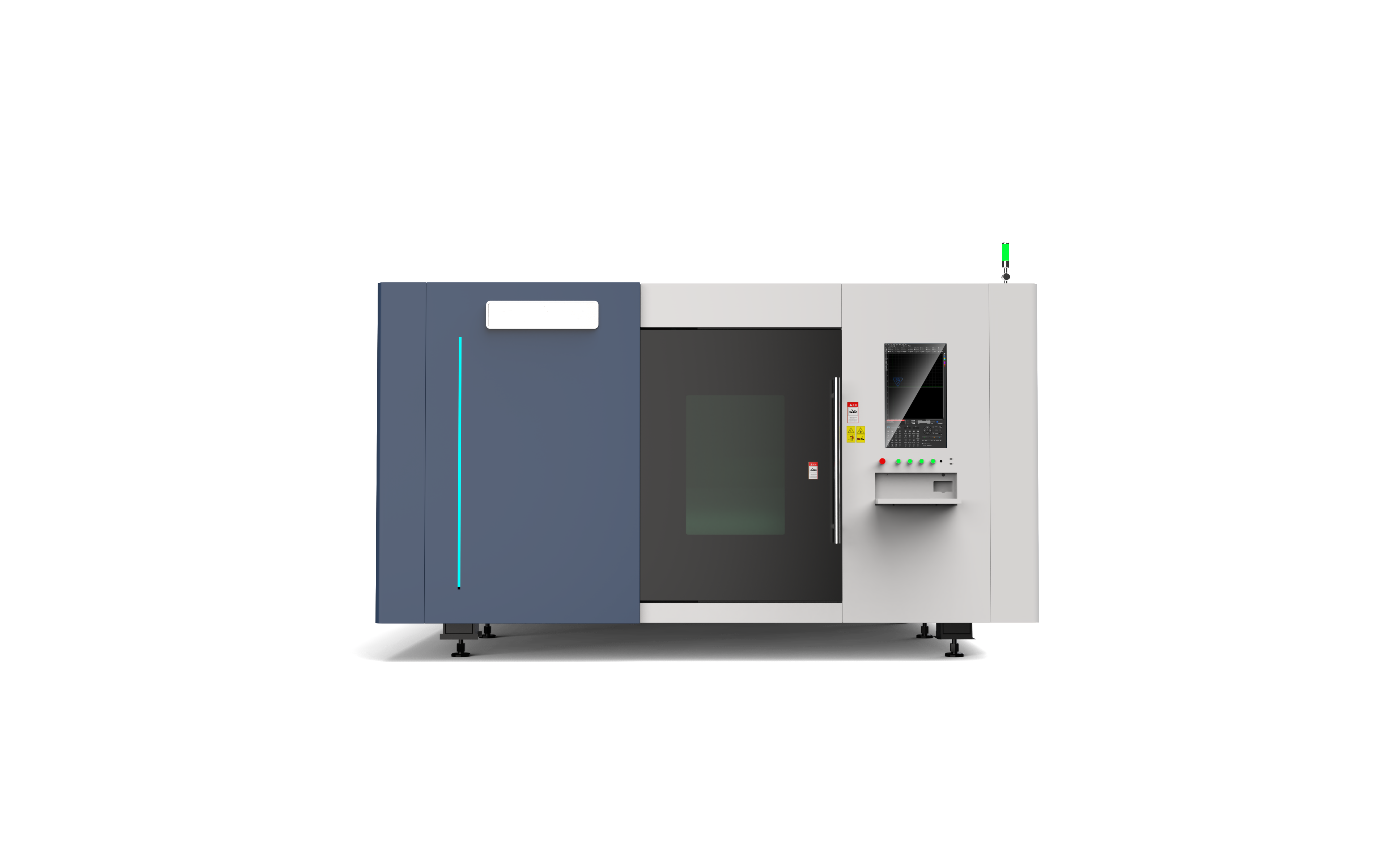
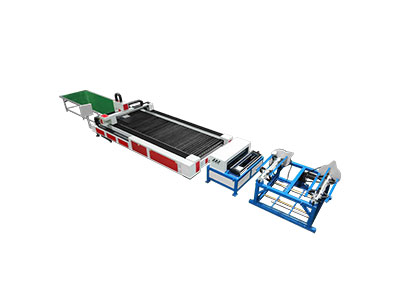
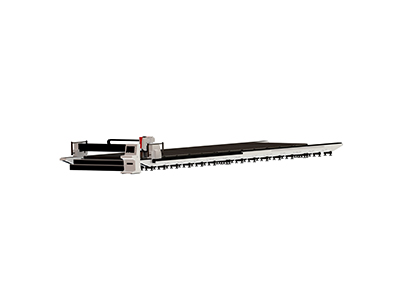
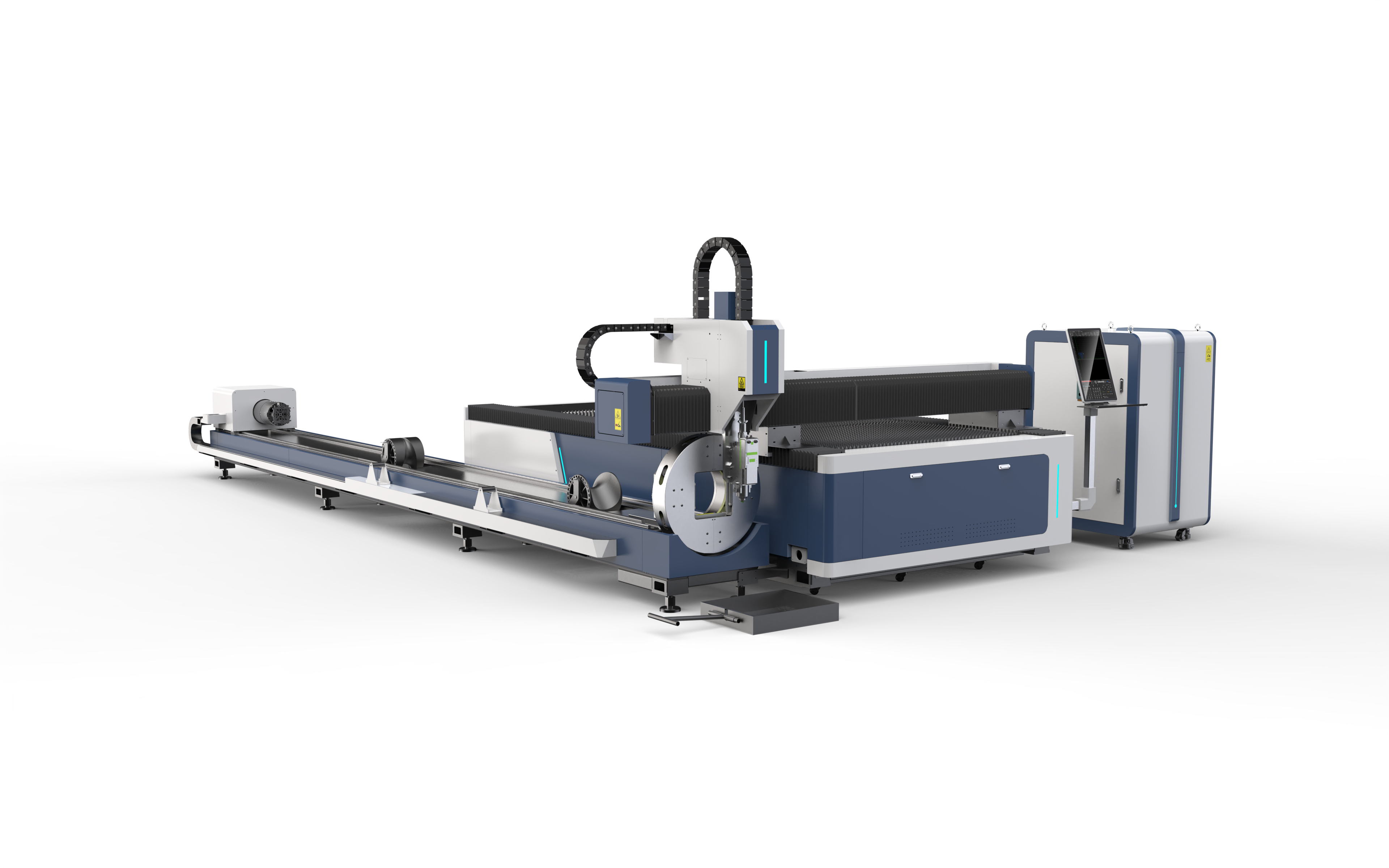
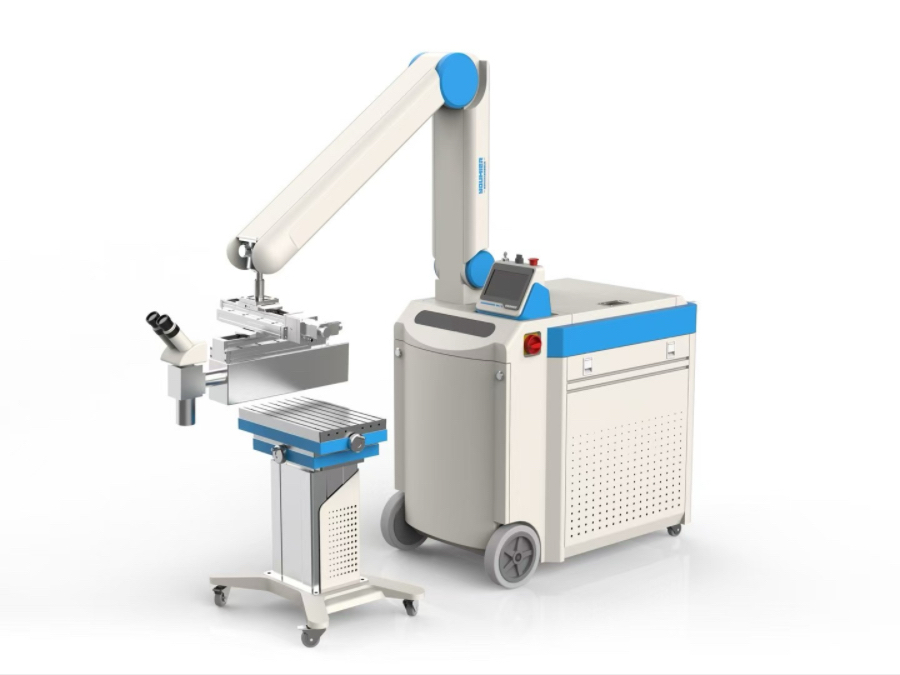
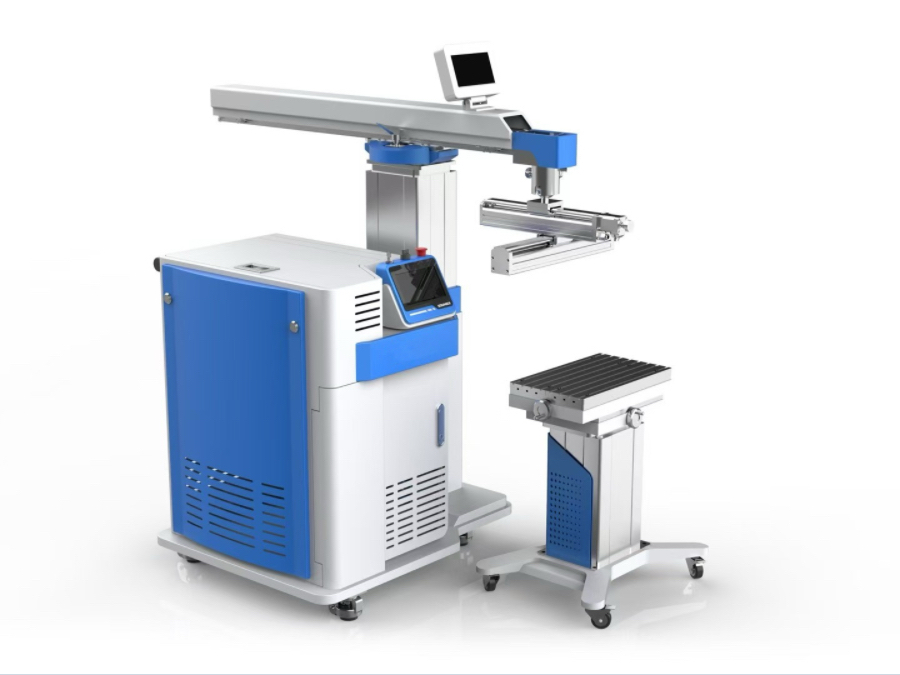
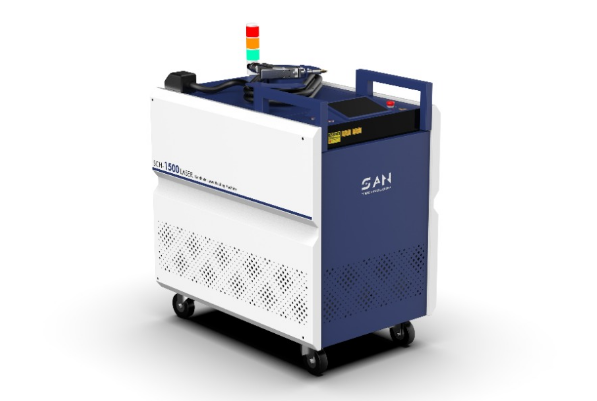
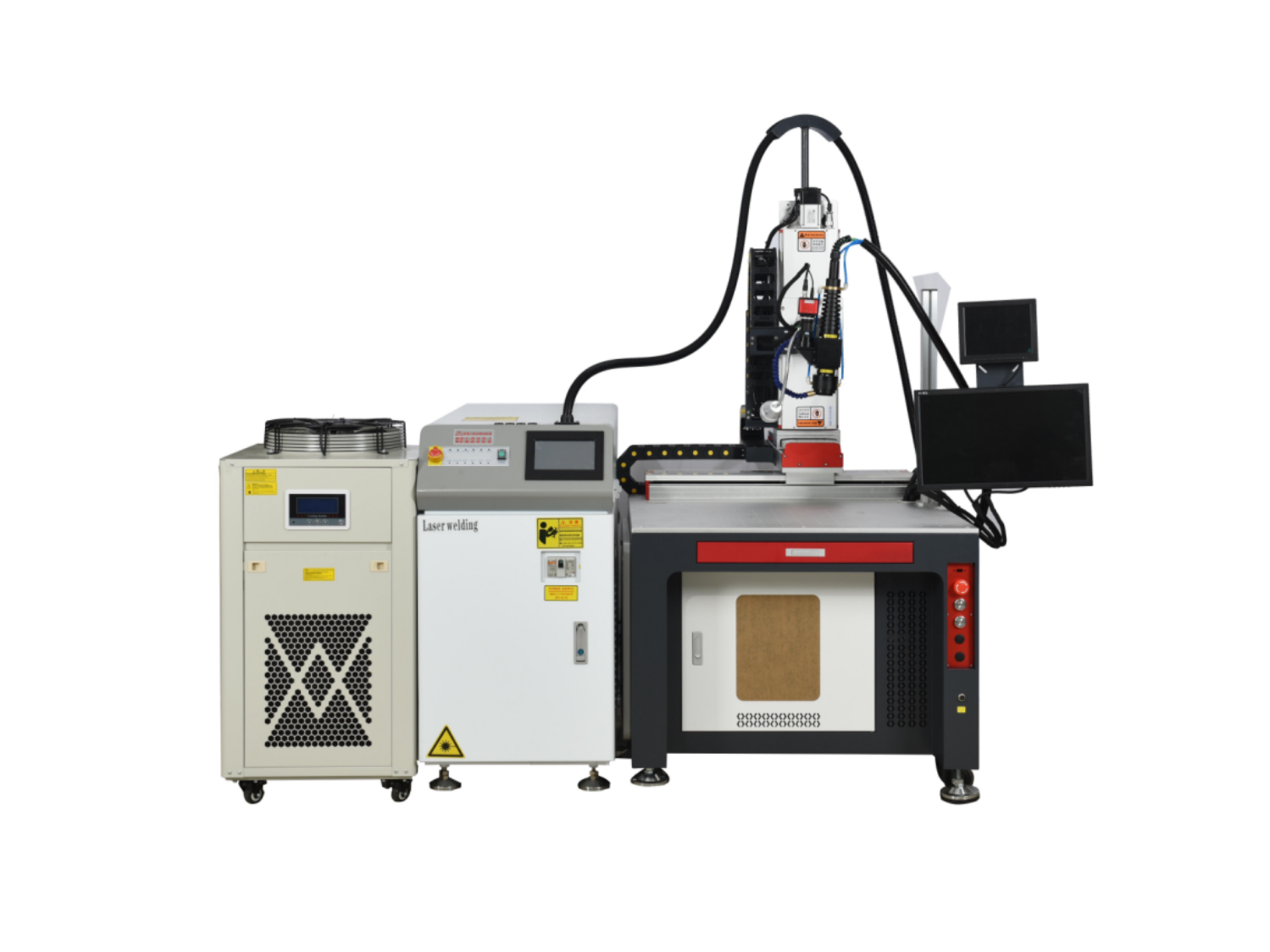
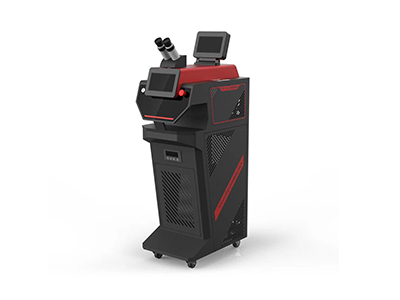

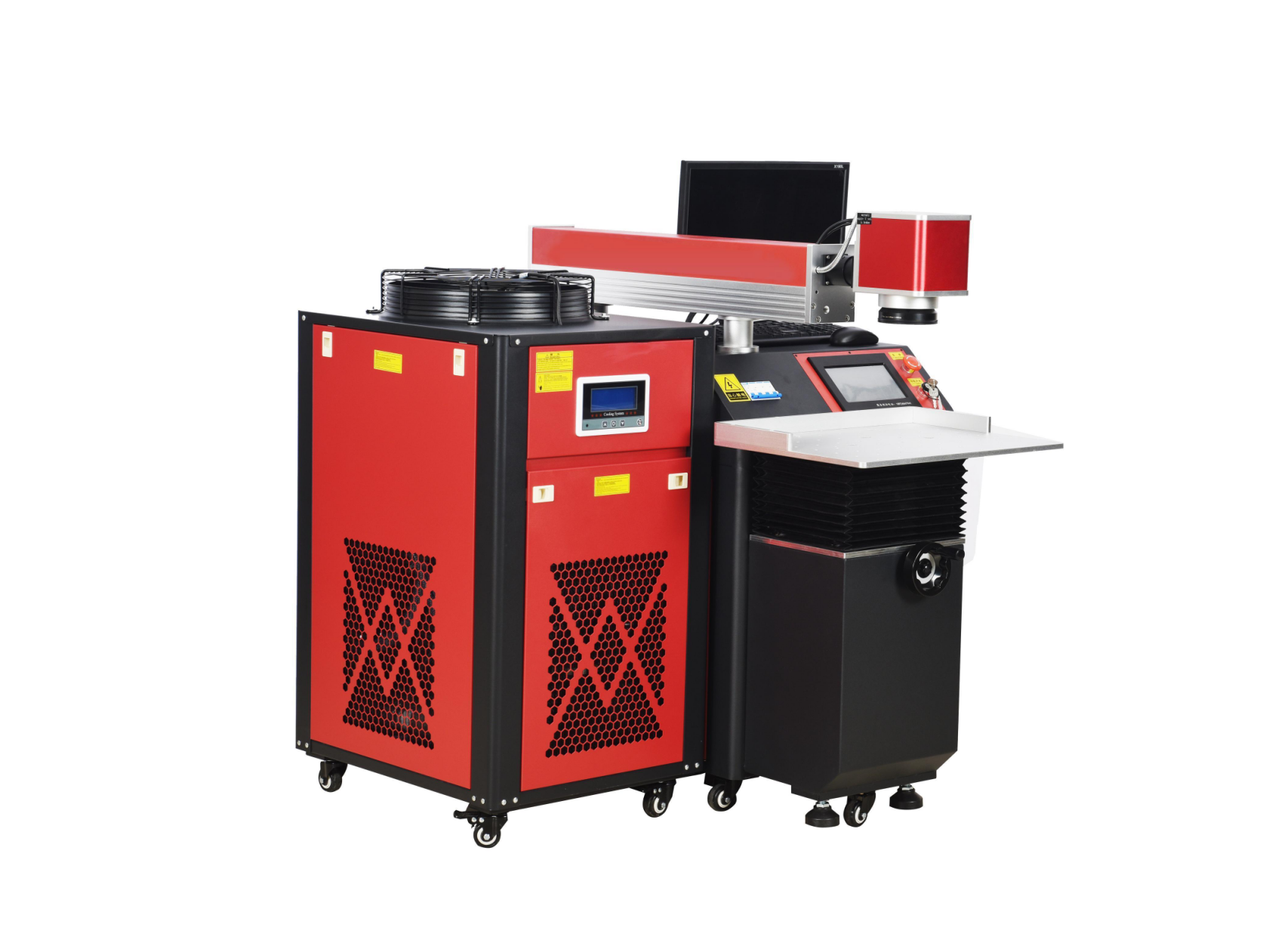
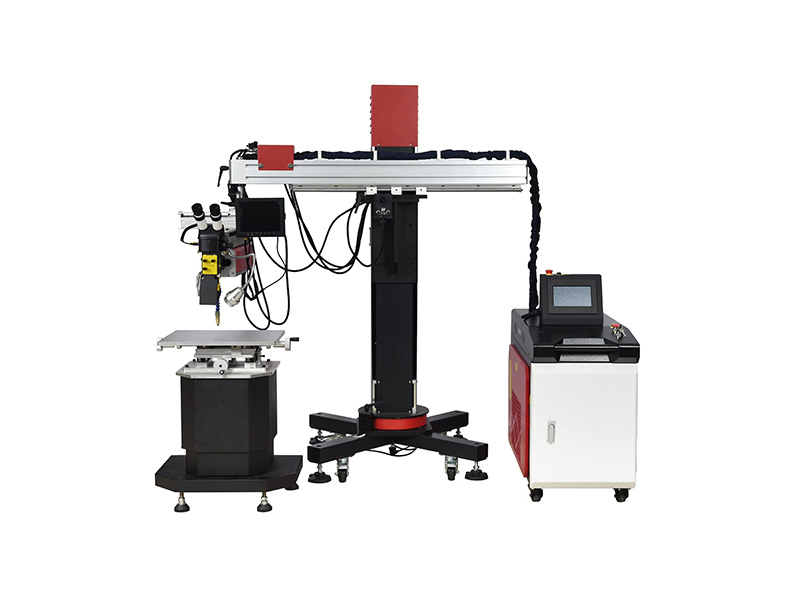
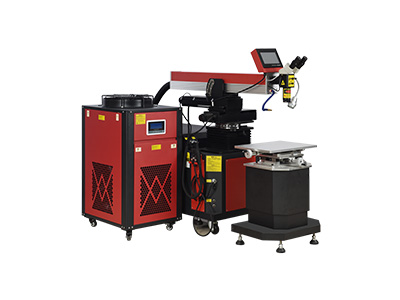
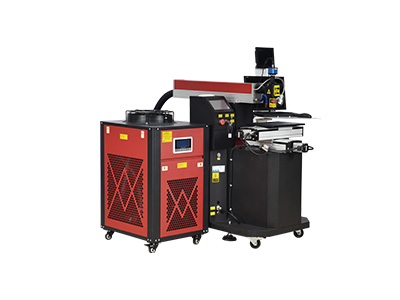
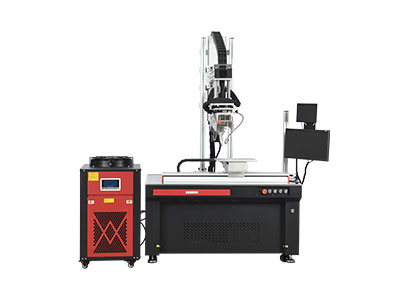
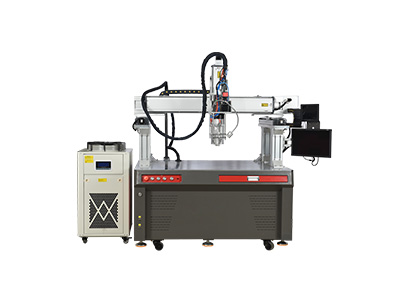
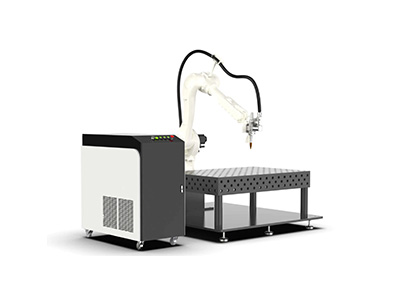
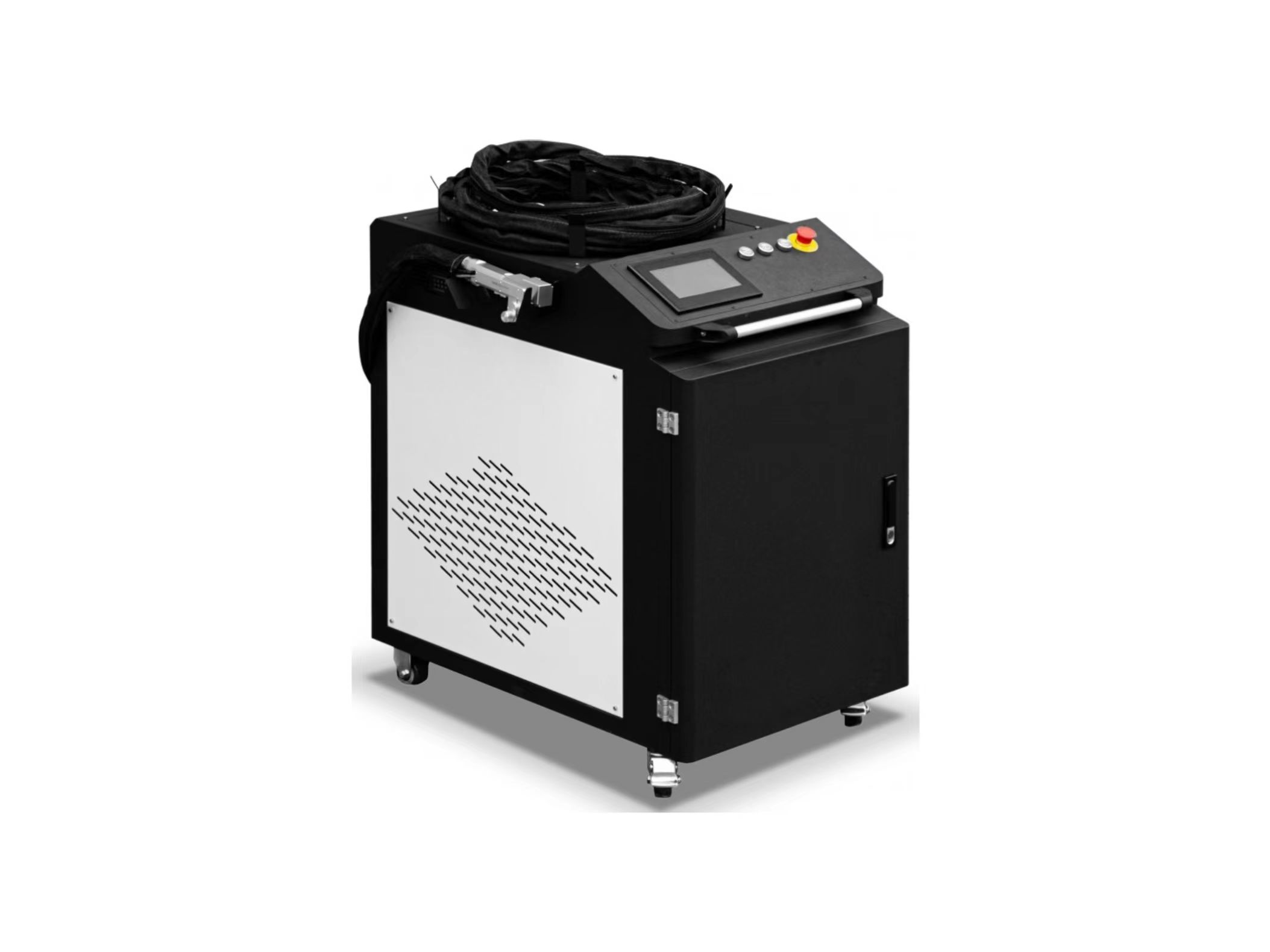
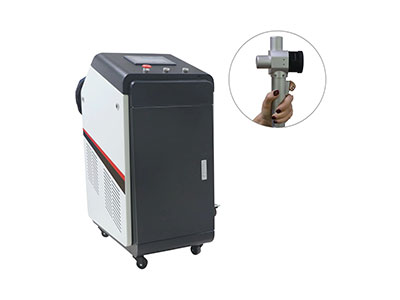
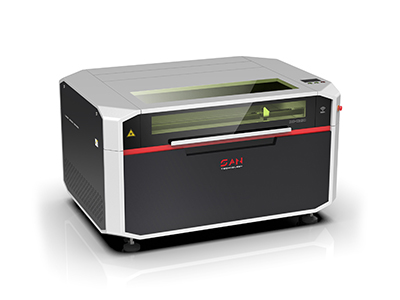
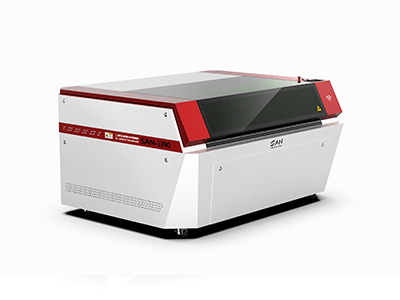
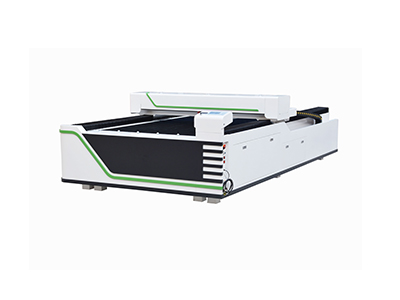
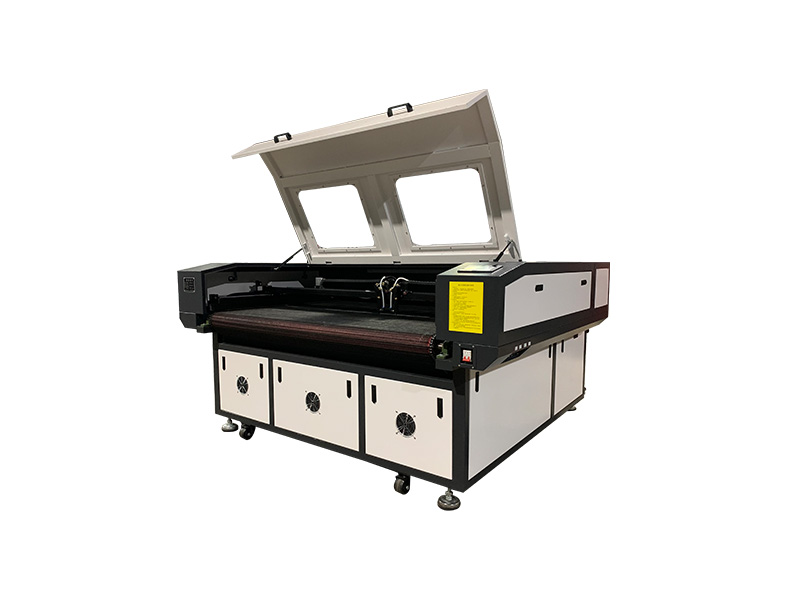
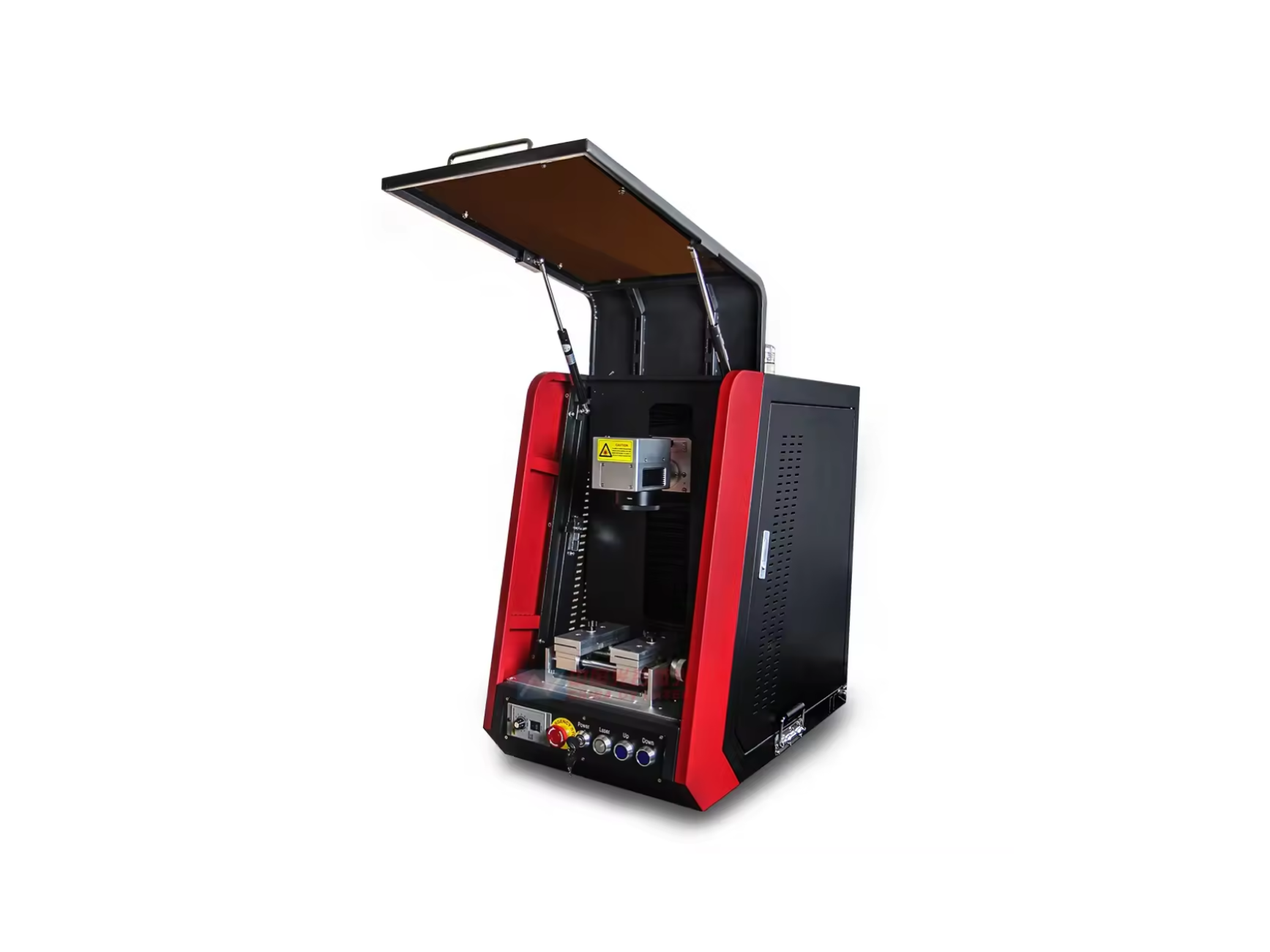
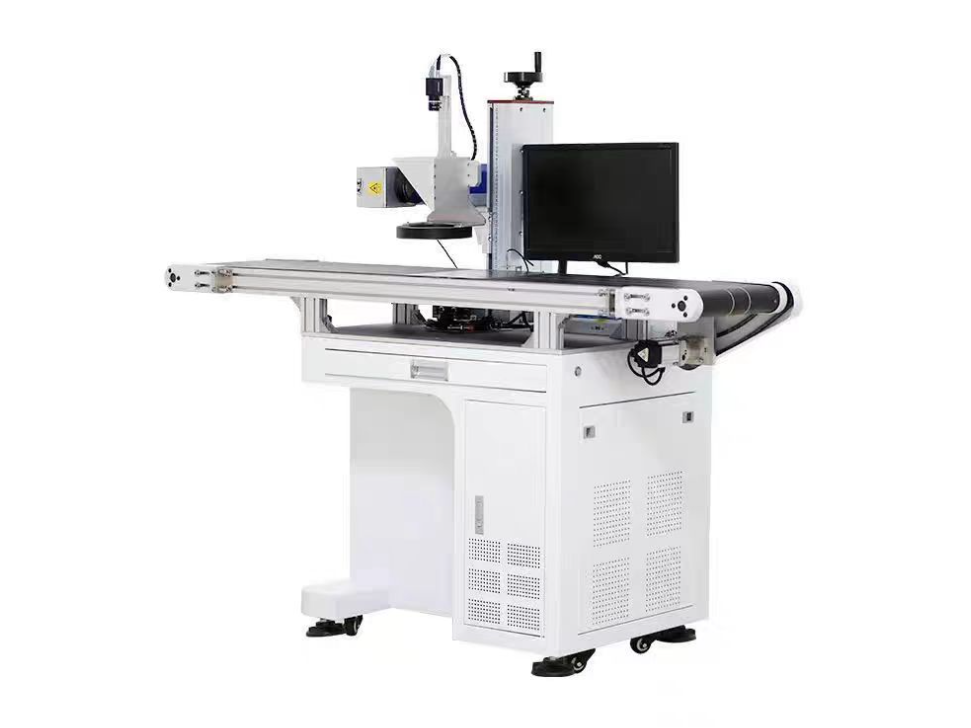
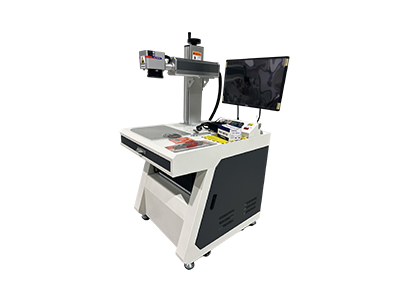
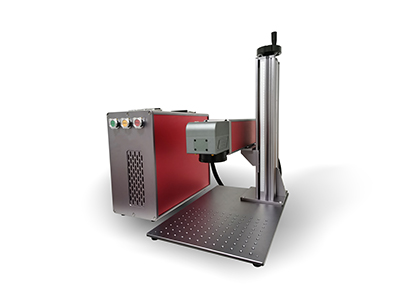
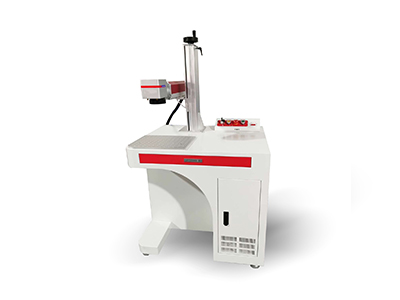
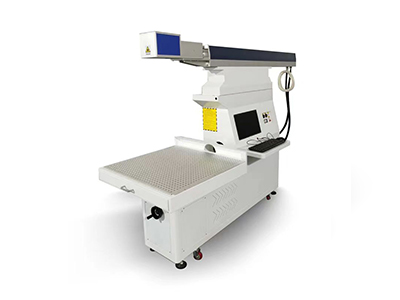
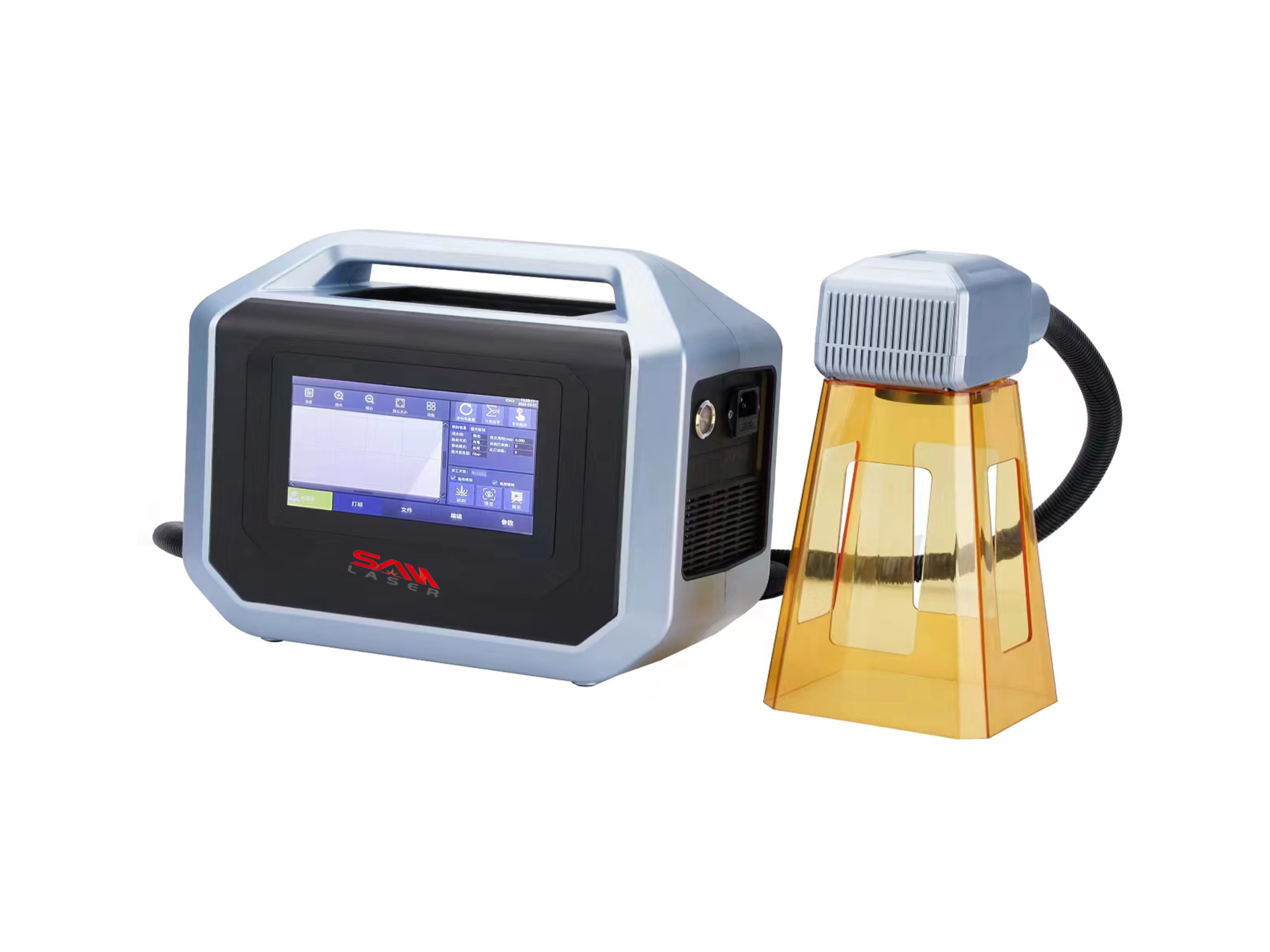
 Welder News
Welder News
